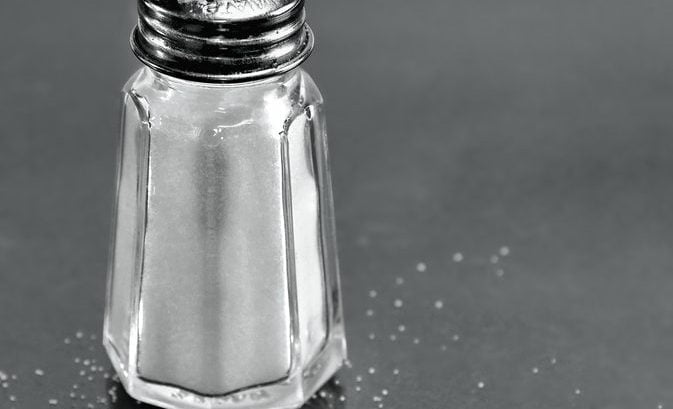High blood pressure is one of the primary risks when it comes to too much sodium intake. Elevated blood pressure is a condition that can lead to other problems that can threaten one’s life, such as kidney disease, heart disease, or even heart failure. Excess sodium does this by causing water retention, which puts a strain on the arteries, kidneys, and heart. According to the latest dietary guidelines for Americans, people who are 2 years old or older should keep their daily sodium intake below 2,300 mg.
Certain people, including people with diabetes, chronic kidney disease, or high blood pressure, should limit their daily sodium consumption to 1,500 mg. This lower sodium intake is also recommended for African Americans and people who are 51 years old or older. People get sodium from a number of sources, most commonly salt. In addition to salt, sodium comes from sources that include baking soda and baking powder. Salt is added to many foods, particularly those that are processed and prepackaged.

To reduce salt intake, people must check the labels of the foods that they purchase, which will tell them how much is in the product. They should also avoid foods that have the word “salted” in the name and purchase items that are low-sodium or have no salt added. Canned foods, frozen dinners, hot dogs, and luncheon meats are all examples of foods that contain heavy amounts of salt. People can also limit the amount of salt that they add when cooking at home by using herbs and spices as flavor substitutes. Using fresh vegetables and fruits is also a way to cut back on sodium





